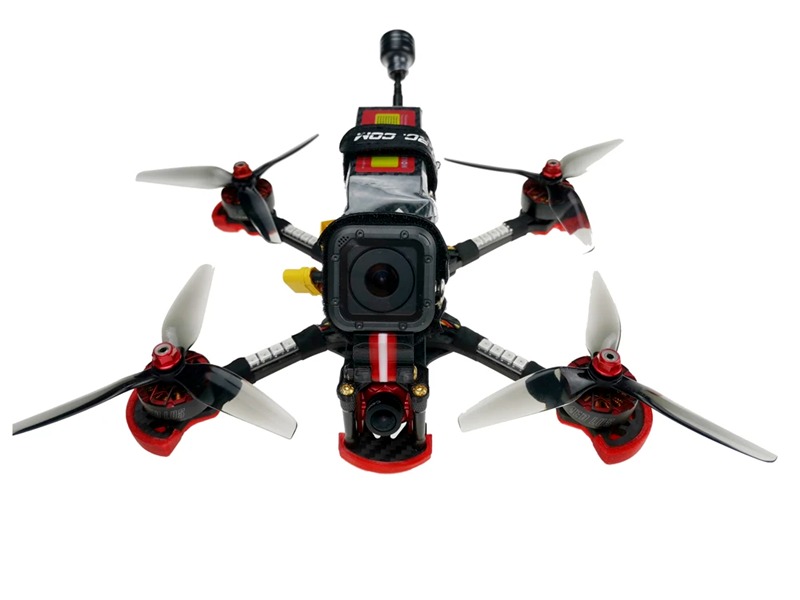Is drone fishing allowed?

Yes, drone fishing is allowed in many countries, provided that certain restrictions and regulations are followed. Drone fishing is an exciting and innovative way to enjoy fishing, as it allows anglers to access remote areas that are not easily accessible by traditional boats and bring their catches back with them.
In most countries, drone fishing is only allowed under certain conditions. Generally, the drone must be flown within the confines of the law (which may vary from country to country), and the operator must be a licensed angler. In addition, the drone must be flown with a qualified remote pilot and must be operated in such a way that it does not damage the environment or disrupt other recreational activities. Furthermore, some countries may have additional restrictions such as only fishing in designated areas and not catching protected species.
In the United States, drone fishing is legal, provided that the laws and regulations of the state in which the drone is being operated are followed. Generally, the drone must be flown within the boundaries of the state, the operator must hold a valid fishing license and the drone should be flown in such a way that it does not disturb the natural environment or interfere with the recreational activities of others.
In the United Kingdom, drone fishing is allowed but is strictly regulated by the government. Operators need to observe the Air Navigation Order and must also obtain permission from local authorities prior to flying their drones. Additionally, the drone must be flown in accordance with the terms and conditions of the relevant fishing licence. Generally, drones should not be flown in areas where there are sensitive wildlife habitats, such as National Parks, Areas of Outstanding Natural Beauty and Sites of Special Scientific Interest.
In Australia, drone fishing is permitted, but there are certain restrictions. Generally, the drone must be flown in accordance with the Civil Aviation Safety Authority (CASA) regulations and operators must also obtain permission from local authorities prior to flying their drones. Additionally, the drone must be operated in such a way that the environment is not disturbed and the recreational activities of others are not interfered with.
Overall, drone fishing is allowed in many countries, provided that certain restrictions and regulations are followed. It is important for operators to be aware of the laws in the relevant jurisdiction and to obtain permission from the relevant authorities prior to flying their drones. Furthermore, drones should always be operated in such a way that the environment is not disturbed and the recreational activities of others are not interfered with.
Comments / Question
2. Ensure that the drone is fully charged and in good working order before taking it out.
3. Always fly the drone below 400 feet and maintain a line-of-sight view of the drone to avoid collisions with other aircraft.
4. Keep the drone away from people, animals, and other objects.
5. When fishing with a drone, always use a personal floatation device and take extra precautions to protect yourself from physical harm.
6. Make sure the drone is equipped with an adequate return-to-home feature in the event of an emergency.
7. Avoid flying in inclement weather or areas of heavy air traffic.
8. If using a bait, always make sure to fully secure it to the drone.
9. Do not fly the drone over bodies of water or oceans as it can create hazardous flying conditions.
10. Keep the propellers and other drone components clean of debris and water to avoid malfunction.

